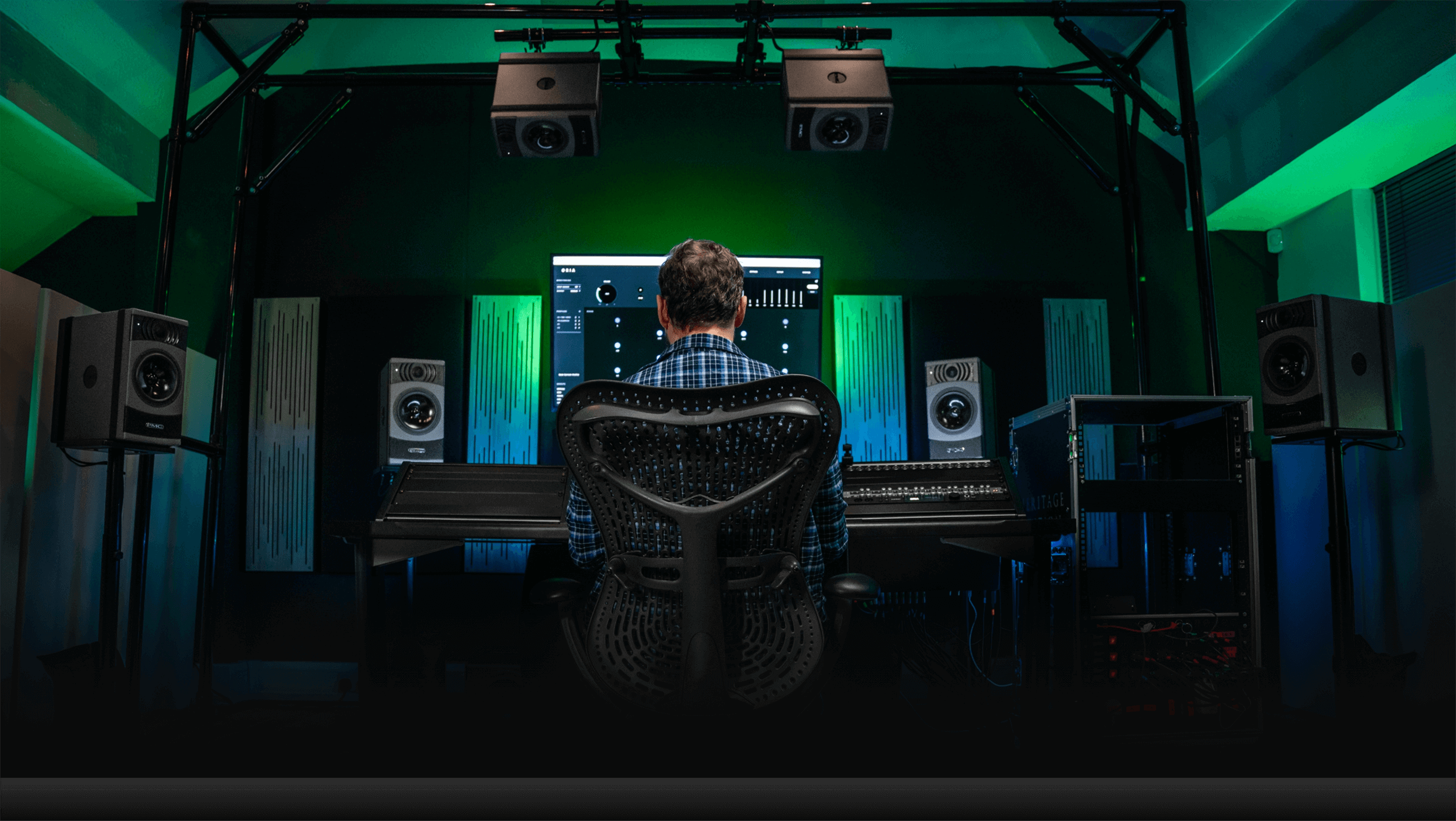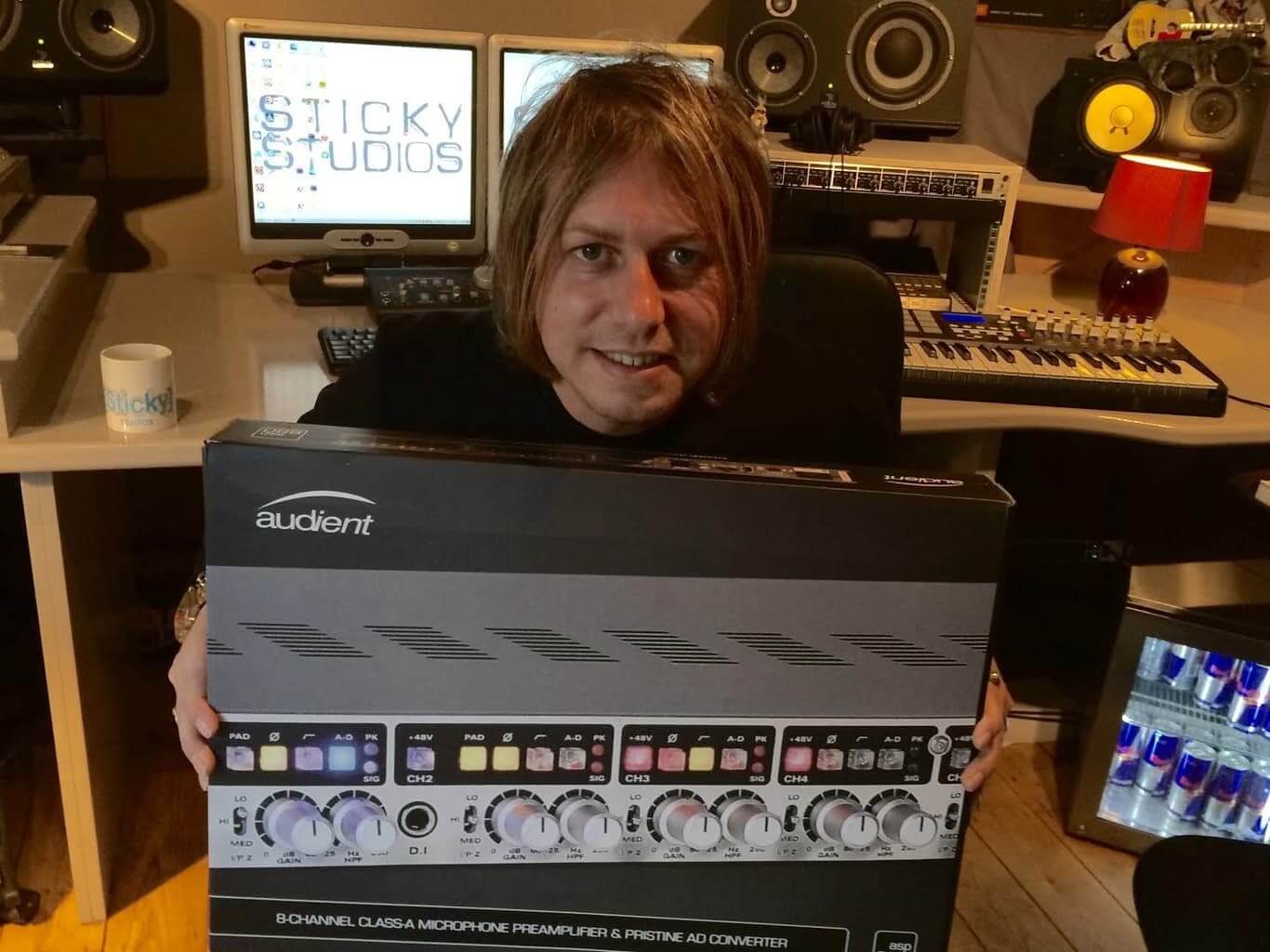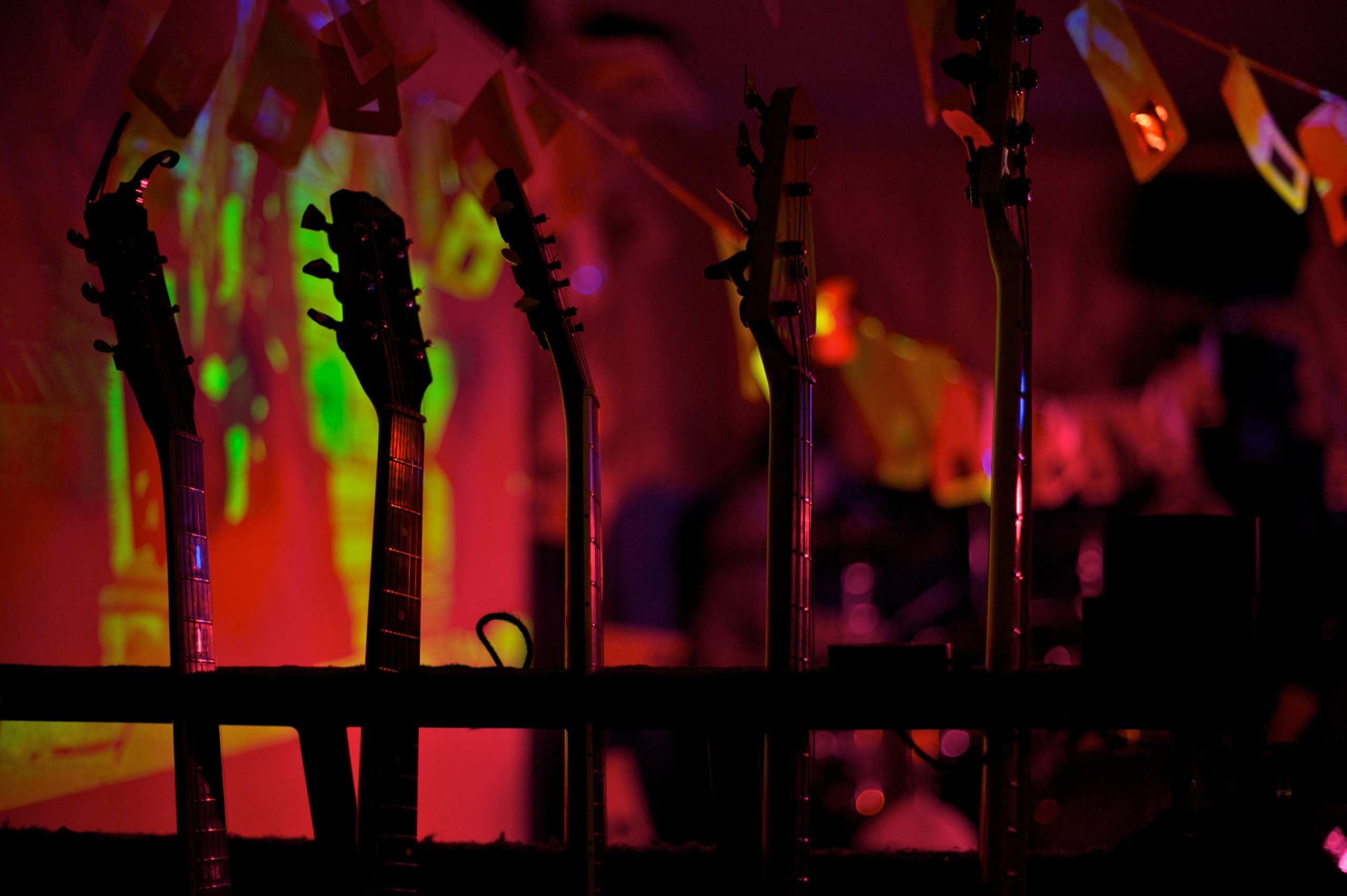Be warned, the world of beat creation is one that, if you get into it, you will probably never want to leave! The ability to build and create something that didn’t exist before, from abstract sounds, provides immense satisfaction to the creator. However, if you are starting out in music, you may have ideas in your head but don’t quite know how to make them real or what equipment you need to start creating. In this article I will break down the materials that I consider necessary to start producing beats.

1. CHOOSING A COMPUTER
Although it may seem obvious, this is the most necessary tool to start creating, recording, mixing and exporting audio files. It is very important that you have a desktop or laptop computer (depending on your mobility needs) with the following specifications:
a. Operating System: Windows or MacOS, according to your preference.
b. CPU: This is a big factor with it’s capacity to run the DAW (something we will cover in the second section) which you will use for production. CPUs between €300 and €500 are usually in the right range. My recommendation is to look for one you can afford that has the fastest single core performance in a package of between 8 and 12 total cores. (There is no point having a greater number of cores if each one separately overloads and eventually causes the audio to fail, so individual core performance is key.)
c. RAM Memory: At least 8Gb. When you are starting out you won’t need more than this, but it’s worth considering that you might need to upgrade later – and that depends on the capabilities of your computer. I currently use 32Gb because I have a lot of virtual instruments that run very process heavy sound libraries.
d. Hard Disk Drive (HDD): You are looking for fast startups and fast loading speeds, so a 500 Gb to 1 TB Solid State Drive (SDD) for booting your operating system (Windows or macOS), your DAW and other installed software would be a great place to start. Additionally, I would add at least another HDD of 2 to 4 TB to store and backup your projects, sound libraries, audio recordings, etc…
e. Video Card: For music production we don’t need too much capacity here. Look for a video card with some combination of DVI + HDMI + Display Port as this will allow you to run two video monitors.
Finally, I would advise you to find a PC that is as quiet as possible. As beat makers we need to focus on OUR sounds when producing or mixing, and a background whirr or hum can get pretty distracting. Case fans, video card fans, CPU fans and power supply fans are the main sources of noise, so look for models which actively reduce this form of background sound.

2. DAW
When we talk about DAW we are referring to the specific program in which you produce your music and beats. You install it on your computer and it will be your Digital Audio Workstation. You can choose from many options like: FL Studio, Ableton Live, Logic X, Steinberg Cubase, Studio One and many more. Make sure you select one that is compatible with your operating system, then think about which one you find most attractive in terms of its functions and appearance. It’s all about your personal preference, and nowadays there is a lot of free information on the net that will help you choose and, once you have selected one, learn how to navigate and use your DAW. Believe it or not this choice is one of the most important, as your DAW will probably be with you for many years of production, so it’s worth taking the time to research a few different options and make use of any free trial periods that might be on offer.

3. AUDIO INTERFACE
A normal PC already has an integrated sound card, but these are not the optimal choice if you are looking to make studio quality recordings or productions. The ideal solution is to get a professional audio interface, with it and it’s drivers you will have better quality sound and workflow for the CPU and DAW. Again, like DAWs or other components of your computer, there are many brands and options in different price brackets with different capabilities and you can research models and prices to select the one you like.
After more than 20 years working in music I am currently using the Audient iD14 MKII and this (or the iD4 MKII, depending on your needs) would be my recommendation for you. This interface was a great surprise for me: small in size – perfect for your home studio or for moving around with your laptop, with great construction and offering great sound quality at a pretty decent price! It’s also very intuitive, so if you’re just starting to get to grips with all your gear, you can practically start using it without reading any manuals.

4. STUDIO MONITORS & HEADPHONES
To receive a good listening experience you need studio monitors (speakers) that give you a reliable response, ensuring playback on other equipment outside of your studio will sound great. If you can, work in a well acoustically conditioned room and use room calibration software, like Sonarworks. If your producing space is a room in your house then usually 5-inch studio monitors will do. There are numerous brands and ranges that you can consider when buying them, take a good look at their specifications and models. My advice is to try several until you choose the one that suits you best. Most audio stores allow you to play demos to compare different monitors, you could explore your friends’ studios, or even order a couple of models to try at home and then return the ones you like least – as long as the returns policy allows for this!
Another great option for producing if you don’t have studio monitors or you are on the go, are decent headphones. In my personal experience I would recommend the Beyerdynamic DT990 Pro, which I currently use. They offer very good sound quality at a more than decent price and are very comfortable when spending hours with them on. It’s important when choosing headphones for production or mixing that they are open back, not closed. This means that the music will leak out a little when playing but avoids the auditory fatigue that you would get with closed back headphones. (Closed back headphones are more recommended for recording.)
Again, try several models until you find the one that suits you best.
You could make music on just monitors or just headphones however, my recommendation is that you have both. The main difference between mixing with monitors vs mixing with headphones lies in the way our auditory system perceives the sound we hear. With headphones, you can hear details of tracks that you might miss on the monitors, as well as click sounds or distortion and vice versa. Also, panning, reverb and delay effects will be much more pronounced on headphones. However, when mixing with headphones it is more difficult to evaluate the stereo mix space, as the production of sound is so close to our ears. Using monitors allows us to listen to both speakers with both ears and at different ratios, so we can have a much more faithful stereo image. Keep in mind that different brands will have a different sound and colour, it will never be completely flat, and with monitors you have to adapt further depending on the acoustic condition of the room you are in.
In conclusion, the ideal is to know your monitors and headphones well by working with them a lot. Mix generally with your monitors, as it will be the same experience that a person listening on their speakers will have later, and then use your headphones to perfect the details. In my case, I use my headphones to complement my monitor’s response when mixing sounds and compare the references offered by the monitors and headphones respectively.

5. MIDI KEYBOARD OR CONTROLLERS, PLUGINS AND SOUND LIBRARIES
Finally, once you have your computer with your production software installed, your audio interface and your monitors and/or headphones, you will need VSTs (virtual instruments), sound libraries and a Midi keyboard or controller (like Maschine or Ableton Push) to launch sounds. Actually, if you don’t have much initial budget you should know that you can launch sounds from your own computer or by playing keys on your typing keyboard, but the best thing I recommend for your workflow would be to get one of these controllers or Midi keyboards.
You can compose music with plugins that simulate pianos, synths, organs, violins and a long list of instruments. You can also use your imagination, sample existing songs and then transform them into your own sample (something we do a lot in Hip Hop, the style in which I have been producing the most).
Hopefully, these points will aid you in your search for equipment to start producing your next beat and help guide you to what you need first. “One last extra personal tip is that if you want to start producing beats, consume a lot of music beforehand, you will get varied influences and learn a lot from each production. This way you will end up finding your own personal style”.
![]()
About the author
Hueco, is a music producer from Sevilla, Spain. In the world of Hip Hop he has participated in countless songs for artists in his country, among them we can highlight “Zinedine” for the artist Ayax with which they have recently won a gold record, and also internationally he has worked with legends of the genre such as Mobb Deep, Onyx, Sen Dog, Cypress Hill, Madchild, Cappadonna Wu-tang Clan and many more…
He is currently 100% dedicated to producing beats for artists, mixing and mastering, if you want more information about Hueco go to www.huecoprods.com
Instagram: @huecoprods
Facebook: @Huecoprods
Youtube: Hueco Prods
Twitter: @HuecoProds
Our Products
-

2输入 | 2输出 音频接口
-

10输入 | 6输出 音频接口
-

6输入 | 4输出 音频接口
-

14输入 | 8输出 音频接口
-

10输入 | 14输出 音频接口
-

20输入 | 24输出 音频接口
-

24输入 | 32输出 音频接口
-

10输入 | 14输出 音频接口
-

10输入 | 4输出 音频接口
-

2输入 | 2输出 音频接口
-

4输入 | 4输出 音频接口
-

24输入 | 24输出 音频接口
-

开始录音所需的一切
-

8 通道智能前置放大器带 AD/DA
-

具有ADC的8通道麦克风前置放大器
-

具有 HMX 和 IRON 的 8 通道麦克风前置放大器
-

大型录音控制台
-

小型模拟录音控制台
-

小型模拟录音控制台
-

沉浸式音频接口与监听控制器
-

桌面监听控制器
-

环绕声控制器


